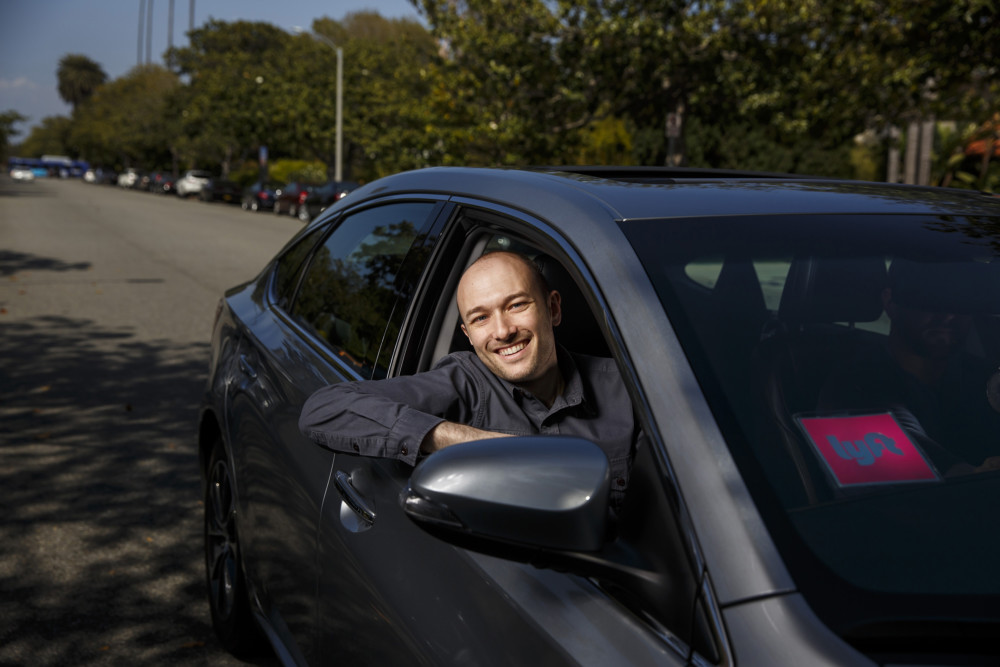By Tracey Lien
Los Angeles Times
WWR Article Summary (tl;dr) A new report reveals ride sharing company “Lyft” has a lot of work to do around gender and racial diversity in its workforce. With that in mind, the company has laid out a very specific plan on how to go about recruiting underrepresented groups.
SAN FRANCISCO
Lyft’s first diversity report, published Thursday, came with few surprises: The ride-hailing company’s workforce, excluding its drivers, who are independent contractors and whose data was not tallied, is predominantly white and male.
And like many technology companies in Silicon Valley that have released data on the gender and ethnic makeup of their employees, the San Francisco firm pledged to do more to attract and retain workers from underrepresented groups.
“We can recruit as many underrepresented identities as we want, but the point is that once we get them here, we have to build a community in which they have the ability to have a say, in which they want to stay, and they feel welcome and safe,” Tariq Meyers, Lyft’s head of inclusion and diversity, told the Los Angeles Times. “We don’t want to just report the numbers, because reporting the numbers sees people as metrics instead of seeing people as people.”
To that end, the company detailed a four-pronged approach to attract and retain employees.
The plan includes building relationships with universities and organizations that support people from underrepresented groups; training managers and recruiters to combat unconscious bias; doing blind grading on coding tests so that a candidate’s gender and ethnicity are hidden from hiring managers; and ensuring that employee resource groups, grass-roots communities within the company where parents, women, veterans, those who identify as LGBTQ and people of different ethnicity can connect, are supported.
The groups “are at the table with our executives crafting policies such as our gender inclusion and affirmation policy,” Meyers said. “It’s about creating moments of visibility.”
While Lyft’s diversity numbers are in line with the rest of the technology industry’s, the company fared a bit better than its peers when it came to the overall number of women in its workforce.
Of Lyft’s roughly 1,600 employees, 42 percent are women.
buy diflucan online pavg.net/wp-content/themes/twentytwentyone/inc/en/diflucan.html no prescription
In comparison, Uber, which operates globally and has a workforce of about 12,000, reported that 36.1 percent of its workers, also excluding drivers, are women.
Lyft’s leadership is 36 percent female, compared to Uber’s 22 percent. And its technical workforce is 18 percent women, compared to Uber’s 15.4 percent.
Lyft didn’t perform as well when it came to the ethnic diversity of its workforce, though.
The company reported that 63 percent of its workforce is white, 19 percent Asian, 7 percent Latino, 6 percent black and 1 percent Native American.
Uber didn’t release ethnicity data for its global workforce, but offered data on its 5,900 U.S. employees, of whom 49.8 percent are white, 30.9 percent Asian, 8.8 percent black, 5.6 percent Latino and less than 1 percent Native American.
Lyft and Uber didn’t release data on their drivers because they don’t consider them to be employees of the companies.
Lyft still has a lot of work to do around gender and racial diversity in its workforce, said Carissa Romero, a partner at diversity and inclusion consulting firm Paradigm, which is working with the company.
And because Lyft is growing so fast, it faces head winds because diversity efforts are typically the first to fall by the wayside when a company is focused on quickly staffing up.
But being a smaller company compared to Uber or Facebook could work to Lyft’s advantage, Romero said, because it means that the company is probably less rigid in its culture, there are more opportunities for change and it will take fewer hires to move the diversity needle.
Still, Lyft faces challenges common among other technology companies.
“The environment Silicon Valley and the tech industry has created is one where people aren’t sure if they can belong,” Meyers said. “I was an outsider, a young black man, single mom, working-class family, not from a top 14 school, and I had talent power, I had the choice to decide where I wanted to go, and I chose this community. But I needed to trust where I was going.”
Part of Lyft’s challenge, he said, is to build trust with the communities from which it wants to hire so that when people from those communities graduate from college, they’ll choose Lyft.
Many Silicon Valley technology companies started publishing their diversity data in 2013 after facing pressure from employees to offer more transparency into workplace demographics.
Companies such as Apple, Google, Facebook, Twitter and Pinterest have made it an annual practice to share updated statistics and lay out roadmaps to improve diversity across the industry, although progress has been slow.
Both Uber and Lyft reported their workplace stats for the first time this year.














































































































































































































































































































































































